The team from left to right: Emilie Reny-Nolin (MiraNor project coordinator), Conrad André (territory guide and MiraNor’s collaborator), Eisinhower Rincon (Ph.D. student) and Mackenzie Martyniuk (Ph.D. student)
Mackenzie Martyniuk’s research project concerns the impact of mining activity on fish and their habitat in Northern Québec. To study this issue, the team conducted field work in the Matimekush-Lac John and Kawawachikamach (Schefferville) areas in the summer of 2021.
They sampled 8 lakes, 7 of which are located within 6 km of the former Iron Ore Company of Canada and Labrador Iron Mines and the active Tata Steel Minerals Canada Ltd. mine. For comparison, the team also sampled a reference lake located more than 15 km from the mining operations.

Now that you know a little more about Mackenzie’s Ecotoxicology Project, you may be asking yourself the following questions:
What does it mean to “sample a lake”?
In the context of Mackenzie’s project, lake sampling included four types of sampling:
1) Water
2) Lake sediment
3) Zooplankton (small aquatic invertebrates)
4) Salmonid fish
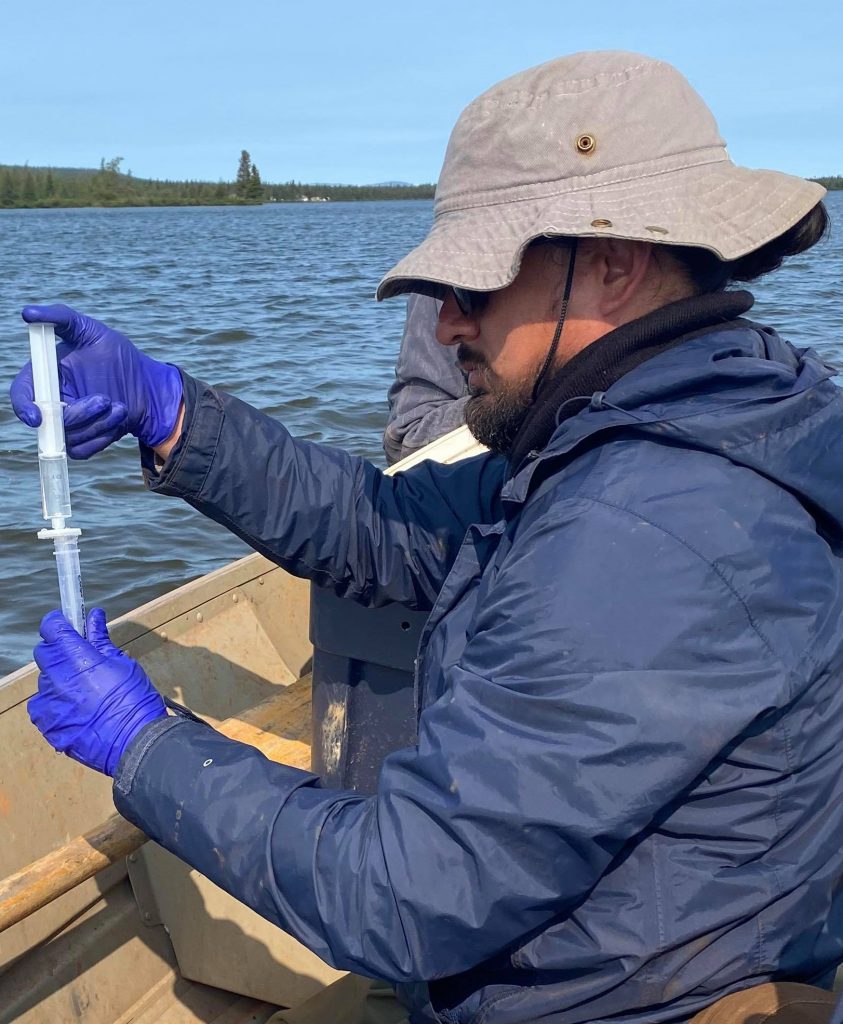


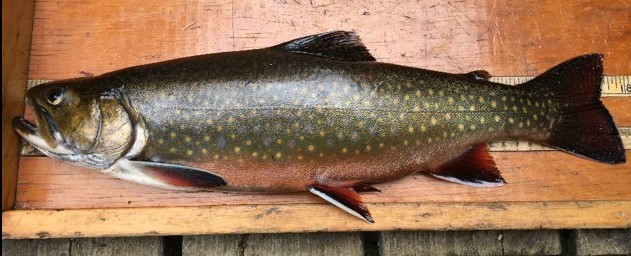
Why sample fish only from the Salmonidae family?
Sampling for Lake charr, Brook charr, Lake whitefish and Round whitefish was prioritized because they are species frequently caught and eaten by people living in the area.

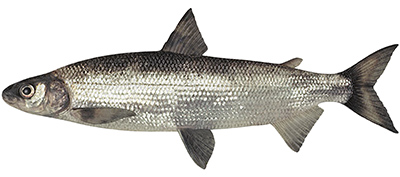

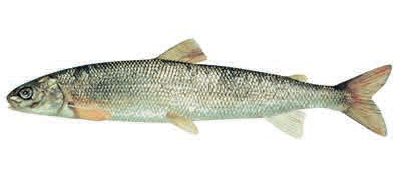
What did you do with the fish after you caught them?
We weighed and measured them and then took eight samples that will be used in several different laboratory analyses:
1) Muscle (taken from behind the dorsal fin)
2) Gills
3) Liver
4) Stomach contents
5) Pyloric cæca
6) Kidney
7) Scales (for Lake whitefish and Round whitefish only)
8) Otoliths
We then gave the fish that had been caught and sampled to people in the community who were interested in cooking them.
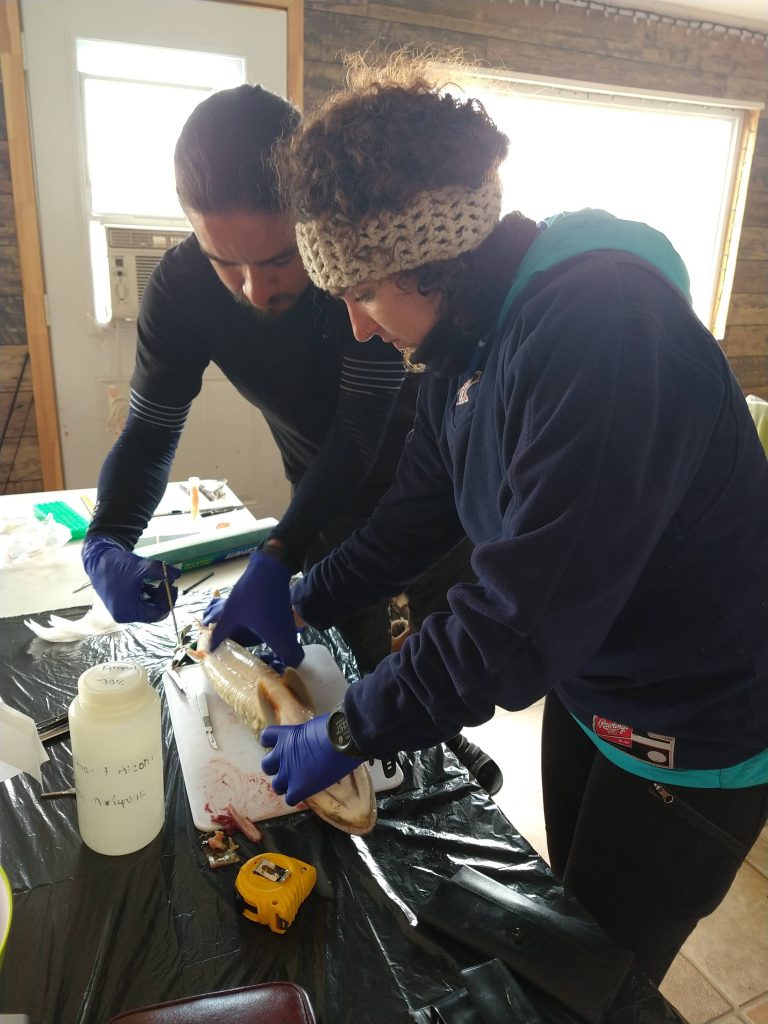
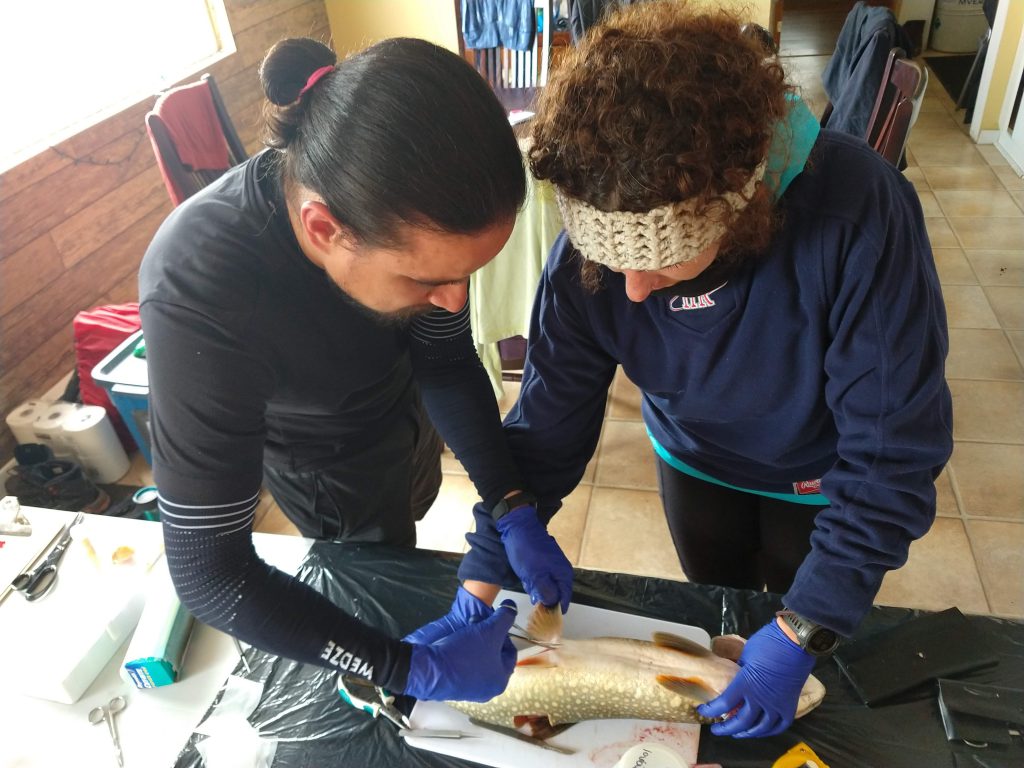
What happens next?
Mackenzie has taken all the water, sediment, zooplankton and fish samples to the Institut national de la recherche scientifique laboratory in Québec City at the Centre Eau Terre Environnement. She will analyze these samples in order to evaluate the concentration of metals present in each of them. She will also analyze the enzyme activity, lipid content, and stable isotope values that will indicate the health of the fish, along with other related biological information.
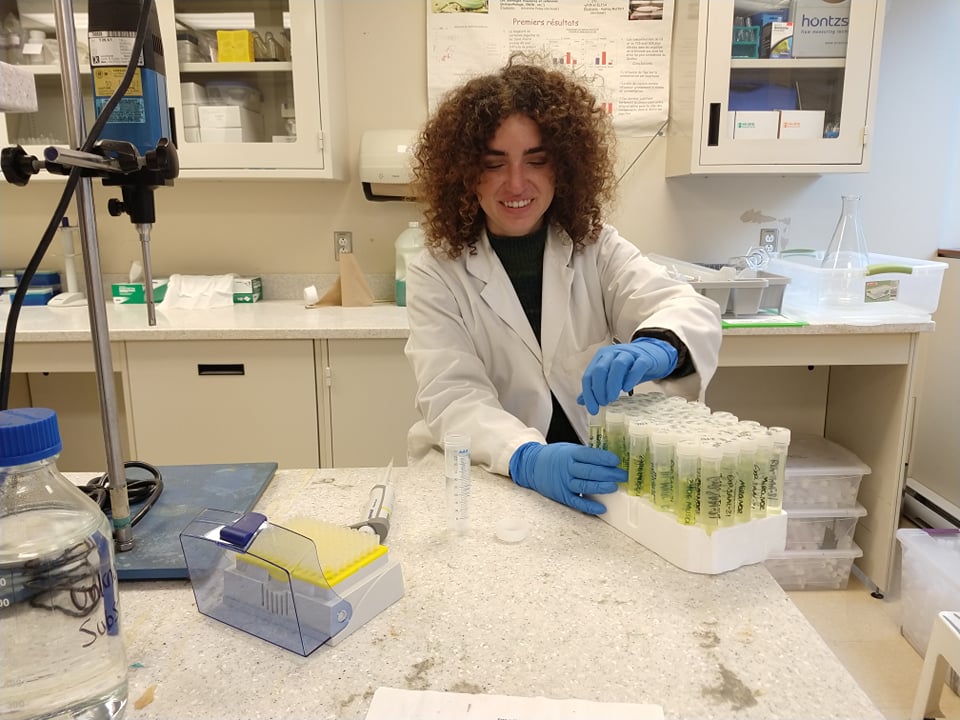
What metals will be analyzed?
These 14 elements will be analyzed in each sample:
- Aluminum
- Arsenic
- Barium
- Cadmium
- Chromium
- Cobalt
- Copper
- Iron
- Lead
- Manganese
- Mercury (fish only)
- Nickel
- Selenium
- Zinc
Will the results of Mackenzie’s analyses be available to everyone?
Yes, the results will be shared with the community of Matimekush-Lac John, the Naskapi Nation, and the town of Schefferville, as well as with any person or organization that requests them.
If lakes are found to be contaminated, can you treat them to decontaminate them?
Mackenzie’s research project will determine the levels of metals in fish and fish habitat and then compare these levels to those recommended by Health Canada. However, this project does not include lake decontamination. If the research shows that metal levels are high and need to be addressed, the results can be used to demonstrate to the appropriate agencies that treatment is needed.

